1.Longqing Gorge
Longqing Gorge is a place of charm and magnificence. In Summer, the temperature here is 6 degrees lower than that of Beijing, which makes it a perfect place for summer vacation. In Winter, there is a world-famous Ice Lantern Festival in Longqing Gorge where you will admire all kinds of ice and snow sculptures. Even if you visit Longqing Gorge in Spring and Autumn, there are still dragon escalators, the world's longest outdoor escalator that can take you to the top of the dam. Besides, you can also experience exhilarating activities like slide, rock climbing, ice climbing, bungee jumping, and more.
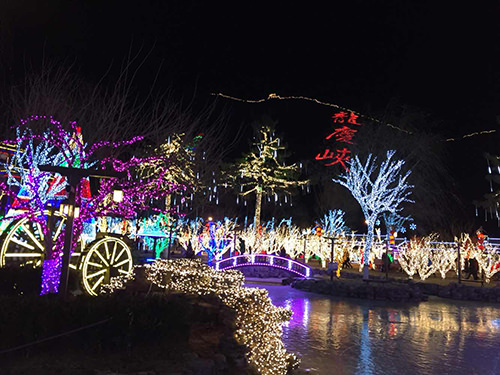
Recommended Itinerary: Beijing Day Tour to Longqing Gorge and Guya Caves
Located in the Daxing district of Beijing, China Watermelon Museum, the only museum of its kind. There are over 300 pieces of pictures, exhibitions, and calligraphy work regarding the watermelon history, watermelon cultivation, watermelon technology, water culture, and the Watermelon Festival. There are also 140 ceraceous watermelons and 200 kinds of amber seeds. If your favorite fruit is watermelon, you must pay a visit to this unique museum.

Located in Chaoyangmenwai Street, Dongyue Temple is the largest Taoist temple in north China. It was built in 1319, and the main god worshiped here is the Dongyue Emperor of Mount Taishan. In old times, Dongyue Temple was a place where folks offer sacrifices for Dongyue Emperor. Later, the temple was renovated and became the folk culture center. During traditional festivals like Spring Festival, Dragon-boat Festival, Mid-Autumn Festival, and the Double Ninth Festival, there are always cool activities here. If you happen to visit the temple in any of the mentioned festivals above, you will have the chance to experience the rich Chinese folk culture.

Initially being the Imperial Temple in Ming and Qing Dynasties, Beijing Working People’s Cultural Palace was built in 1420 (the eighteenth year of the reign of Emperor Yongle) as a crucial part of the Forbidden City. rTo highlight the function of ancestor worship, the resplendent and magnificent buildings in the center are protected by the three layers of red walls and the pine and cypress forests, giving a mysterious and solemn atmosphere. While the main buildings are all arranged in symmetric style with glazed gates, the stone arch bridge made of white marble, doors with halberds and three main halls on the central axis, and the well pavilion, divine kitchen, divine storehouse, and side halls situated on both sides. The Front Hall was the place where the emperor held the grand worship rituals. While the three-layered foundation made of white marble is 2 meters higher than that of the Palace Museum, which shows the idea of ancestors were more important than the earthly emperors. Therefore, the Imperial Temple is the largest and the best-preserved building complex for imperial ancestor worship in existence. In the early years after the founding of the People’s Republic of China, the prime minister Zhou Enlai suggested that the Imperial Temple be transformed into Beijing Working People’s Cultural Palace where workers have their schools and playgrounds built here. Although the original function of the palace diminishes, you can still get a glimpse of what it was like for an emperor to offer sacrifice to their ancestors.
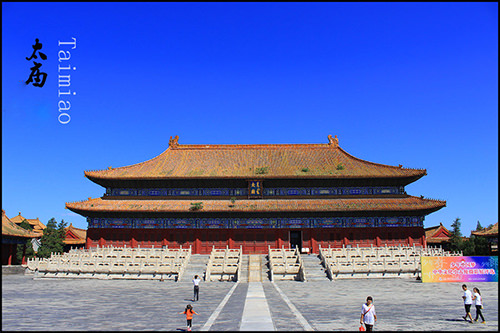
First appearing in the Book of Diverse Crafts authored by a Qi state person in the Spring and Autumn and the Warring States Periods, the word“Bai Gong” was a collective term for people who engaged in the handicraft works for imperials and upper-class people. Naming the place Bai Gong Fang indicates that this is a place where the traditional Chinese crafts and arts are preserved and inherited. In the Bai Gong Fang, you will find all kinds of craftsmanship like jade carving, ivory carving, cloisonne ceramics making, lacquer engraving, filigreeing, Beijing embroidery, dough figurine making, clay figure making, painting, paper-cutting, sand-fired pot making, wood carving, and many more. If you are interested in Chinese craftsmanship, Bai Gong Fang is the perfect place for you!
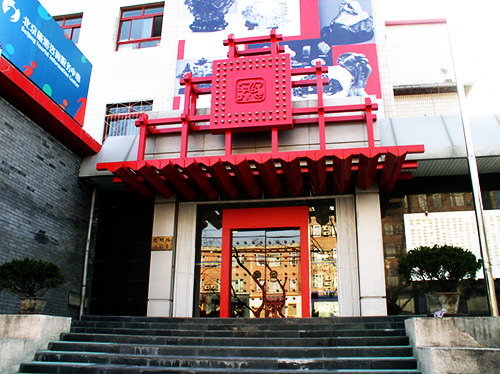
Beijing 798 Art Zone, or Dashanzi Art District. This name after the name of the old plant of Beijing state-controlled electronic industry. With the development of the 798 Art Zone, a new 798 sensation of cultural concept and LOFT living & working style emerged. With the mottled red tiles, well-arranged industrial plants, interlaced pipes, and slogans from different eras, workers in the uniforms walking on the street and the fashionably-addressed tourists make quite a scene. In here, history and reality, industry and art are perfectly integrated. This is the Beijing 798 Art Zone.
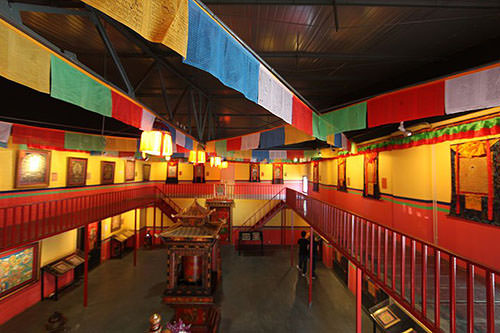
Recommended Itinerary: 3 Days Beijing Discovery Tour
Located nearby the Fahai Temple, at the foot of the Cuiwei Mountain of Shijingshan, Tianyi’s Tomb is the only eunuch’s tomb that is preserved and with the highest burial profile in China. It's also the only museum themed with Chinese eunuchs. Tianyi was the favorite eunuch of the Wanli Emperor (1572-1620) of the Ming Dynasty. He began his service as a eunuch at nine years old and served three emperors from Jiajing, Longqing, and Wanli. His loyalty and competency earned the emperor’s trust. After he died in 1605, Tian Yi was granted a special burial honor. Some other eunuchs who respected Tianyi were also buried with Tianyi.
Tianyi’s Tomb is like a treasure house for stone carving art. There were exquisitely designed memorial gates, halls, tombs, and sacrificial utensils made of white marble. Some of them have a high value and represented the stone carving level of the late Ming Dynasty. Meanwhile, on both sides of the sacred way are two exquisitely carved figures who served as guards for Tianyi. All these arrangements show how much the Wanli Emperor used to value Tianyi.
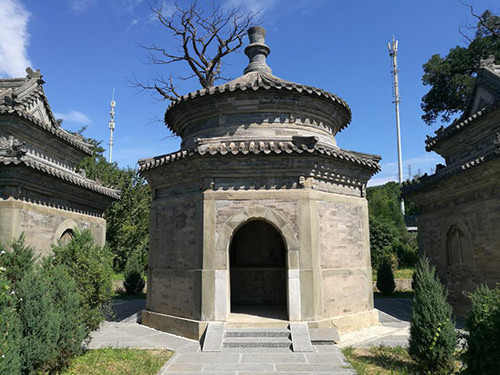
Eastern and Western Qing Tombs are the tomb complex of imperial members of the Qing Dynasty. The Eastern Qing Tombs are located in the Zunhua County of Hebei province, about 100km from Beijing. It has buried five emperors, including Emperor Shunzhi, Emperor Kangxi, Emperor Qianlong, Emperor Xianfeng, and Emperor Tongzhi, 14 empresses including the world-famous Dowager Cixi, and 136 concubines.
While the Western Qing Tombs are situated at the foot of Yongning Mountain, 15km from Yixian, Hebei. It homes four emperors including Emperor Yongzheng, Emperor Jiaqing, Emperor Daoguang, and Emperor Guangxu, 9 empresses, and many princes, princesses, and royal members. It’s a great place to understand the funeral culture of the Qing dynasty.
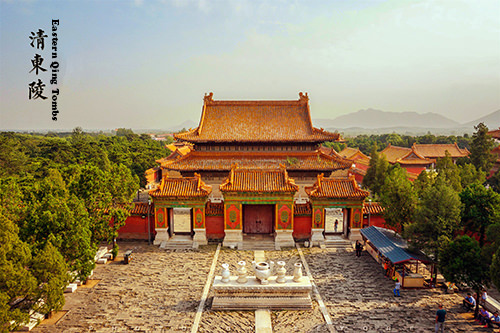
Guya Caves are located in Yanqing District of Beijing. It’s a cave complex chiseled upon the precipitous rocks by some ancient Chinese people whose history couldn’t be found in any historical records. Some of the caves are square; some are round; some have two bedrooms, while some have three; some are even like the modern loft. Inside the caves, you can find the doors, windows, Kang (a kind of rectangular bed made from mud and wheat straws), stove pits, staples, kitchens, and chimneys. It’s a great place to know how ancient people used to live.
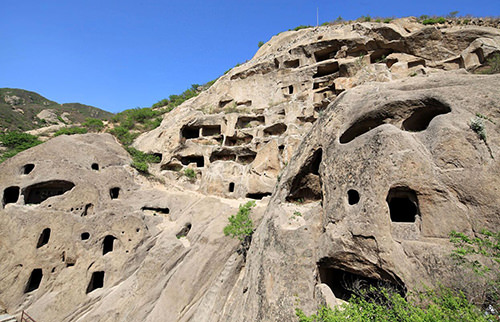
Located in the Tougou district of Ximen, Beijing, Lingshui Village is an ancient village with over a thousand years of history. In Ming and Qing Dynasties, 22 Juren (successful candidate in the imperial examinations at the provincial level in Ming and Qing Dynasties) and two Jinshi (successful candidates in the highest imperial examination) came from the village. People also regarded the Lingshui Village as the Juren Village. In fact, in the early years of the Republic of China (1912 - 1949), six people from this village graduated from Yanjing University (today’s Peking University).
The architectural layout of the Lingshui Village is modeled after the shape of the turtle, one of the four divine animals in traditional Chinese culture. Standing on the Temple of Guanyin Bodhisattva, you will see that the southern tower is the head of the turtle, the northern temple is its tail, the Longwang Temple, Lingquan Temple, Mawang Temple, and the Wenchang Pavilion are the four legs of the turtle; while the Siheyuan Yards in the village serve as the patterns on the back of the turtle.
Walking inside the Lingshui Village, you will see many preserved “courtyards of Juren”. Different from the Siheyuan in the Beijing downtown, those courtyards are original yards with all kinds of carved patterns, and they are also different from the ordinary folk house. The stone carving, the carved pillars, the doors, and couplets on pillars, all of them are showing the owner this house has a higher social position. You can also visit one of the largest courtyards, where five members of the family were Juren.
There are also many temples like the Lingquan Zen Temple - the oldest temple in Beijing and a Yuan Dynasty Catholic church outside the village. Besides, there are two-thousand-year-old cypresses. The original courtyards, the quiet atmosphere, the old trees, and the plain and simple folkway will make this trip very rewarding!
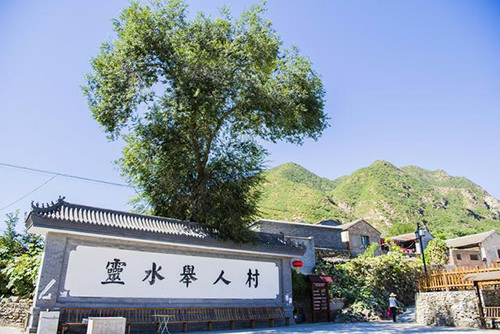
Copyright © 2019 Lily Sun China Tours International, Inc. Terms &conditions | Privacy Policy | Sitemap